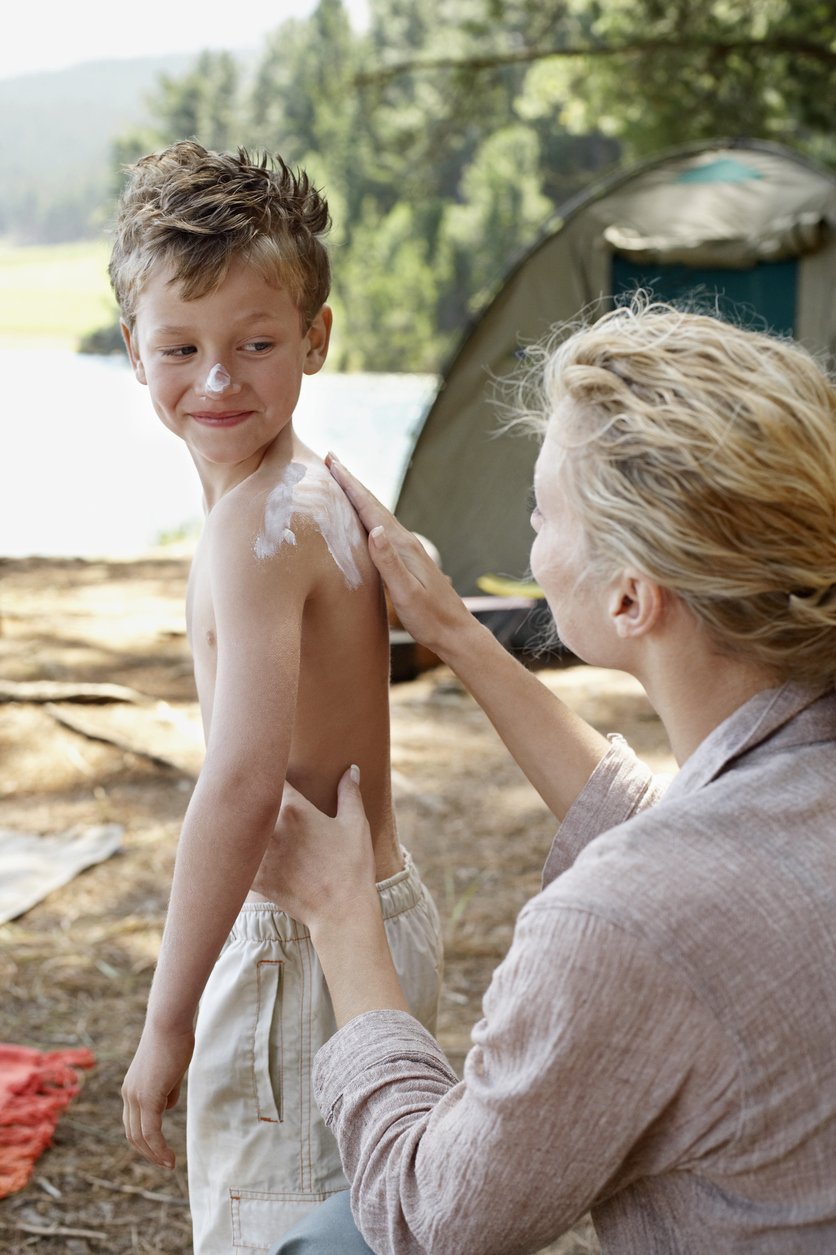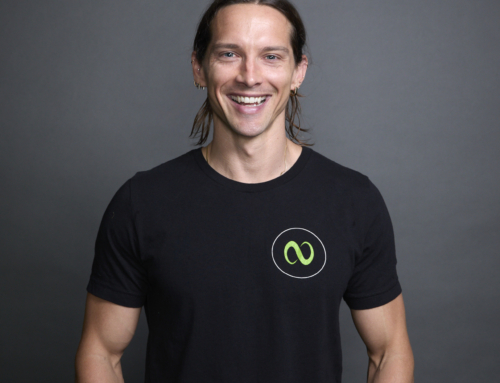by Keith Paine…
Most of us don’t give it a second thought. At the first hint of sun in the spring, we grab whatever sunscreen is lying around, slap it on, and head outside. Most of us also assume that the only choice we have to make about the sunscreen is what number to use. The higher the number, the more we’re protected, yes? Well, that ain’t necessarily so. New research shows it might be the sunscreen itself that is doing damage, not just UV rays.
There are two kinds of sunscreens: mineral filters and chemical filters. Most commercially available sunscreens contain chemical filters, which are absorbed into the skin. Mineral filters like zinc oxide and titanium oxide—basically the stuff you see lifeguards and surfers use on their nose and face–actually block or scatter the sun’s rays. (EWG, 2015)
Though there are many chemical ways to filter the sun, we’re starting to see new evidence of damage from sunscreen products. The most problematic of the chemical filters, according to the Environmental Working Group, which publishes an online sunscreen safety guide each year, is Oxybenzone. Unfortunately, it’s found in most chemically based sunscreens. Studies show that oxybenzone can cause allergic reactions and even disrupt hormone function if enough is absorbed into the skin (EWG, 2015). Retinyl Palmitate, which can be found in about a third of commercial sunscreens, is not even a UV filter, but is worth avoiding due to the possibility of causing skin cancer. (Collins, WebMD). You should also beware of synthetic fragrances, like parabens and phthalates, which offer no sun protection but have been linked to cancer, liver and kidney damage. (Mercola)
Mineral based sunscreens, in general, are rated as safer by the EWG, and actually work better as sunscreen. One important note with mineral sunscreens is to use them only on intact skin; that is, don’t use it on cut or sores, but cover the broken skin instead.
There’s one more important issue with lathering up the sunscreen–sunshine is really important for your health! If you block the sun, your blocking your own body’s ability to produce vitamin D. (Mercola) The healthiest unprotected sun exposure is 20 min max, which allows for your body’s vitamin D production without burning. The one thing scientists all agree on is using simple common sense: too much sun is harmful, but limited sun exposure is vital for our health.
So, what should you look for when you purchase sunscreen? A good start would be checking out the Environmental Working Group’s online sunscreen ratings here, which are published annually. And forget about buying the highest SPF–an SPF of 50+ is about as meaningless as saying your sunscreen is “waterproof.” Sunscreen has to be re-applied regularly to have any effectiveness. Settle on an SPF of 30—anything higher doesn’t protect you any better. (Collins, WebMD) You’ll also want to check that your sunscreen has “broad-spectrum protection,” i.e. protects against UVA and UVB rays.
Here are some general sunscreen recommendations from the skin experts:
*Limit unprotected sun exposure to 20 minutes.
*If you plan to have extended sun exposure, think about actually blocking the sun—using hats, long sleeves, shade, etc—as well as just using sunscreen.
*Avoid sunscreens with oxybenzone, retinyl palmitate and synthetic fragrances.
*Avoid spray sunscreens, especially for kids.
*Look for mineral based sunscreen—with zinc or titanium oxide.
*Look for broad-spectrum protection.
Questions or comments are welcome! Please get in touch with us at Nimble Fitness—email at info@www.nimblefitness.com or call 212-633-9030.




